TV siblings have a special way of staying with us long after we’ve turned off the screen. They make us laugh, cry, and sometimes cringe, all while showing us the many sides of sibling dynamics—whether it’s an unbreakable bond or pure chaos. These characters often reflect the real relationships we experience with our own brothers and sisters, making them feel like family, even if they’re not the ones we grew up with.
From the wild and hilarious antics of feuding siblings to those heartwarming moments that make us wish we were part of their crew, these 23 TV pairs have shaped our idea of what family is all about. Their chemistry, both good and bad, continues to define some of the most memorable moments in TV history. Whether you’re all about the love or just here for the drama, these iconic sibling relationships are impossible to forget.
Ross and Monica Geller from Friends
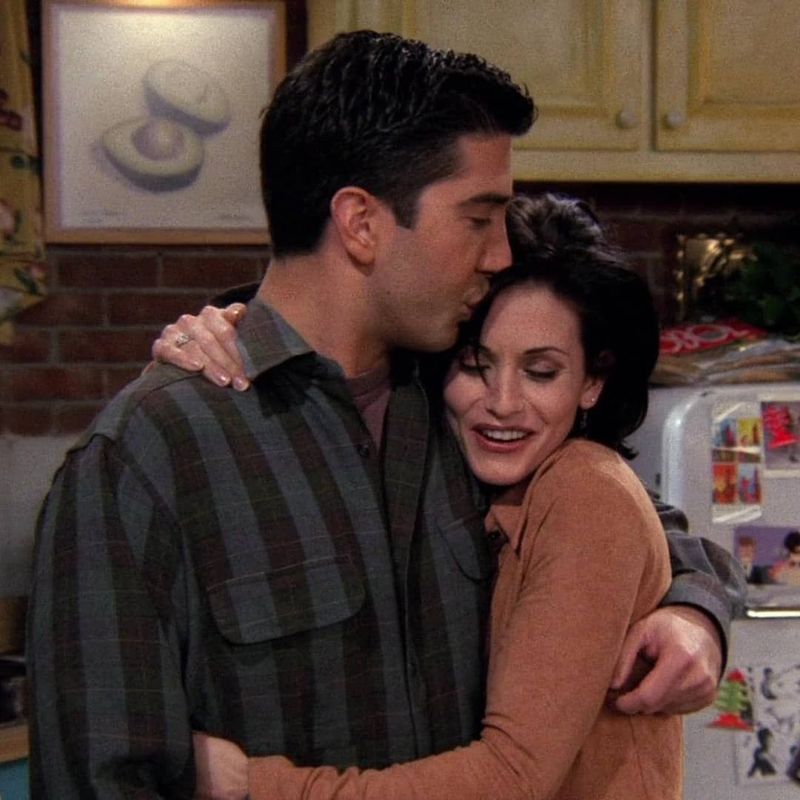
Ross and Monica Geller from “Friends” are the quintessential sibling duo with a mix of rivalry and affection. Their playful teasing and childhood stories often add a comedic touch to the show. Although they come from a competitive household, they always support each other.
Their bond is evident in the way they celebrate Thanksgiving, with playful arguments and a shared love for tradition. Monica’s meticulous nature contrasts with Ross’s laid-back attitude, creating humorous situations. Despite their differences, they are there for each other during life’s ups and downs, epitomizing the essence of family cohesion.
Sam and Dean Winchester from Supernatural
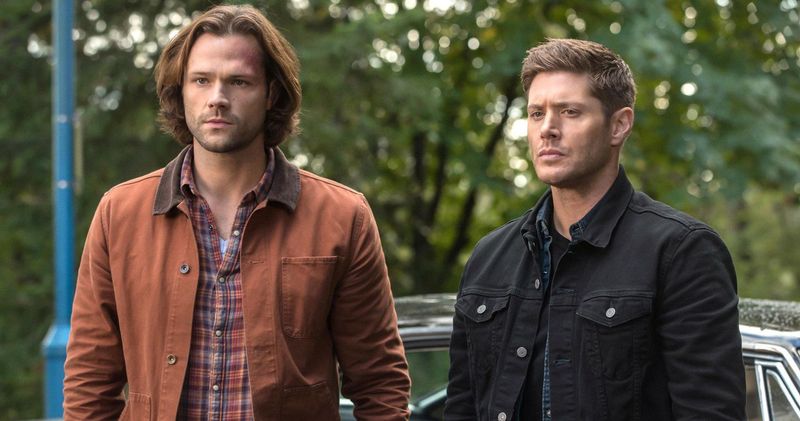
Sam and Dean Winchester from “Supernatural” epitomize brotherly dedication and the chaos of life on the road. Their relentless pursuit of supernatural creatures sees them saving the world multiple times. Dean, the older brother, is protective and often impulsive, while Sam is thoughtful and analytical.
Their different personalities sometimes lead to conflicts, but their bond is unbreakable. They rely on each other’s strengths to tackle challenges. Through betrayals and sacrifices, their relationship remains a cornerstone of the series. Their journey is a testament to the lengths siblings will go to protect one another.
Bart and Lisa Simpson from The Simpsons
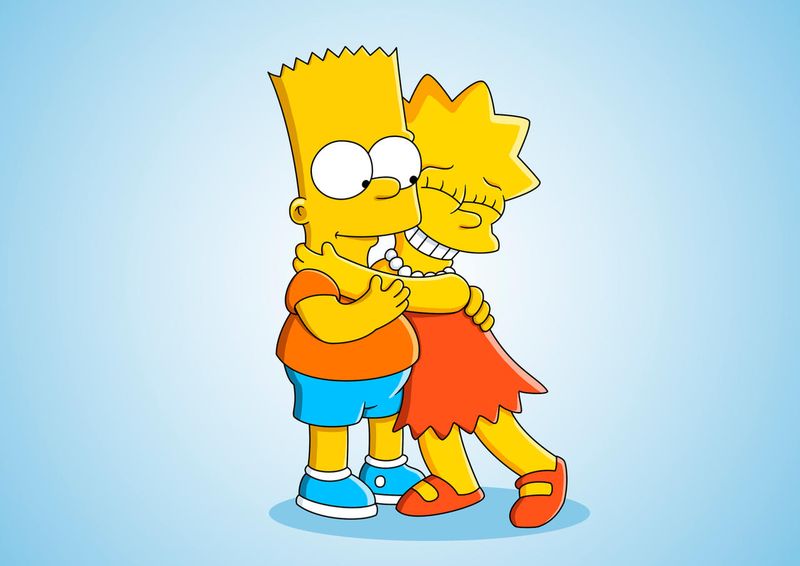
Bart and Lisa Simpson from “The Simpsons” are an iconic cartoon sibling duo, representing childhood chaos and camaraderie. Bart, the mischievous troublemaker, often clashes with Lisa, the intelligent and conscientious sister.
Despite their frequent bickering, they show moments of genuine care and cooperation. Lisa’s maturity often balances Bart’s antics, while Bart occasionally stands up for Lisa when she needs it. Their adventures, whether solving mysteries or getting into trouble, highlight the ups and downs of sibling relationships. Together, they illustrate the timeless dynamic between playful rivalry and heartfelt support.
Eric and Cory Matthews from Boy Meets World
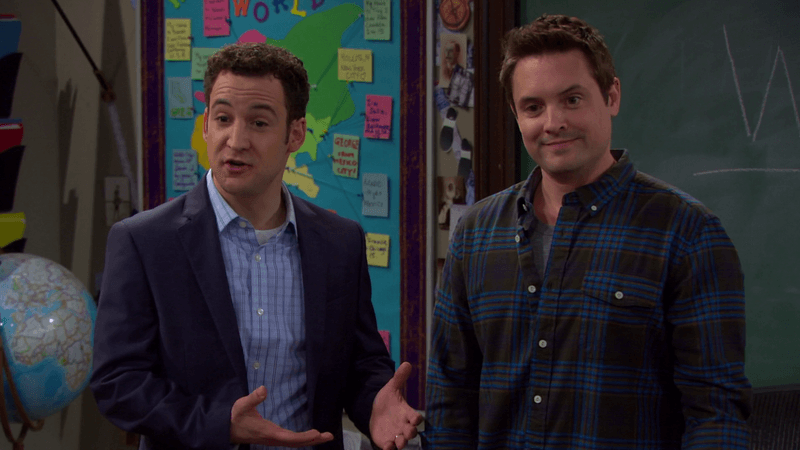
Eric and Cory Matthews from “Boy Meets World” capture the essence of growing up with an older sibling. Eric, the charming and sometimes clueless older brother, often serves as a guide for Cory, the curious and naive younger sibling.
Their relationship is filled with humorous moments and life lessons, as Eric often shares his experiences, albeit with his unique twist. As they navigate school and family challenges, their bond strengthens, demonstrating the importance of sibling support. Eric’s carefree attitude and Cory’s earnest nature create a balanced dynamic, showcasing sibling love in a relatable way.
Damon and Stefan Salvatore from The Vampire Diaries
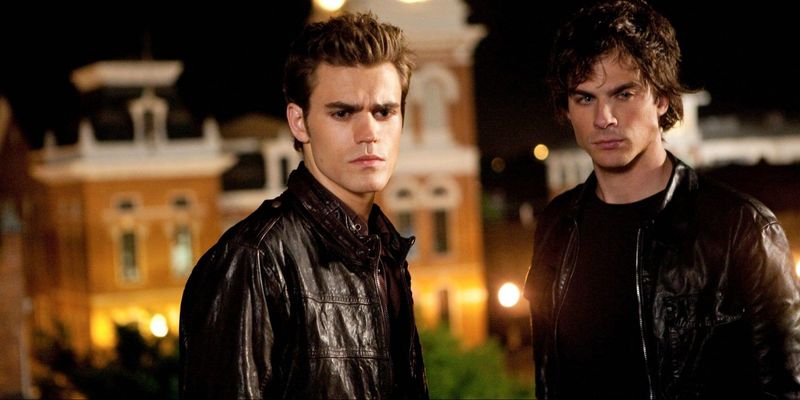
Damon and Stefan Salvatore from “The Vampire Diaries” are the epitome of sibling rivalry taken to supernatural extremes. As vampires, their bond is both a blessing and a curse. Stefan, the compassionate brother, often finds himself at odds with Damon, the impulsive and reckless sibling.
Their tumultuous relationship is marked by love, betrayal, and redemption. Despite their conflicts, they share a deep, unbreakable bond that often forces them to confront their darker sides. Their dynamic adds depth to the series, illustrating the complexities of brotherhood amidst the chaos of a supernatural world.
Michael and Lindsay Bluth from Arrested Development
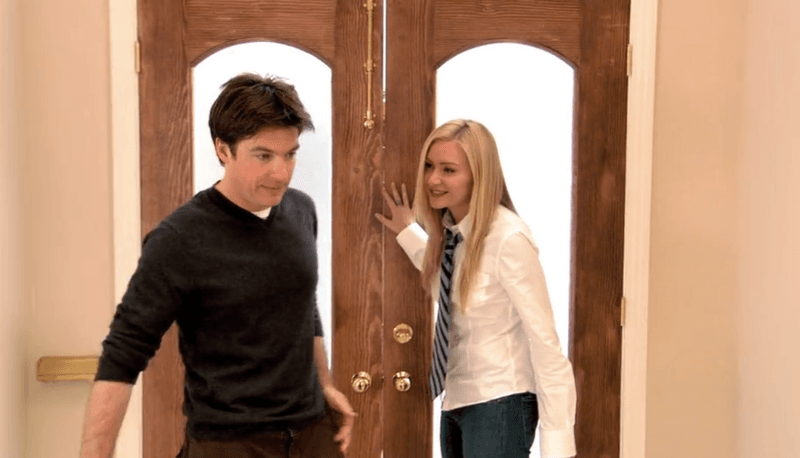
Michael and Lindsay Bluth from “Arrested Development” showcase the comedic chaos of a dysfunctional sibling relationship. Michael, the responsible brother, constantly tries to keep the family business afloat, while Lindsay, the self-absorbed sister, often complicates matters.
Their interactions are filled with sarcastic humor and misunderstandings. Despite their differences, they occasionally unite to tackle family issues, adding depth to their comedic exchanges. Their dynamic reflects the challenges of balancing family loyalty with individual desires, providing a humorous lens into the intricacies of sibling relationships.
Buffy and Dawn Summers from Buffy the Vampire Slayer
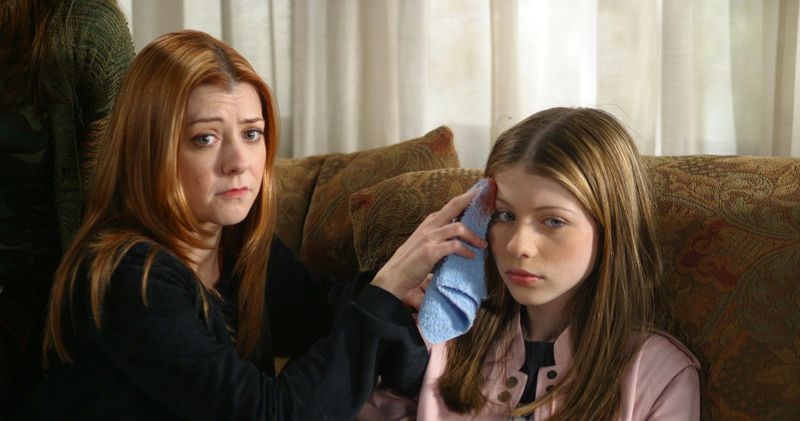
Buffy and Dawn Summers from “Buffy the Vampire Slayer” navigate the complexities of siblinghood amidst supernatural challenges. Buffy, the Slayer, balances her duty to protect the world with her role as Dawn’s protective sister.
Their relationship is tested by secrets and danger, but they ultimately find strength in each other. Dawn’s arrival adds chaos to Buffy’s life, yet also provides a sense of normalcy and family. Together, they face trials that test their bond, illustrating the resilience of sisterhood under extraordinary circumstances, and highlighting the importance of family in facing life’s battles.
Bran and Sansa Stark from Game of Thrones
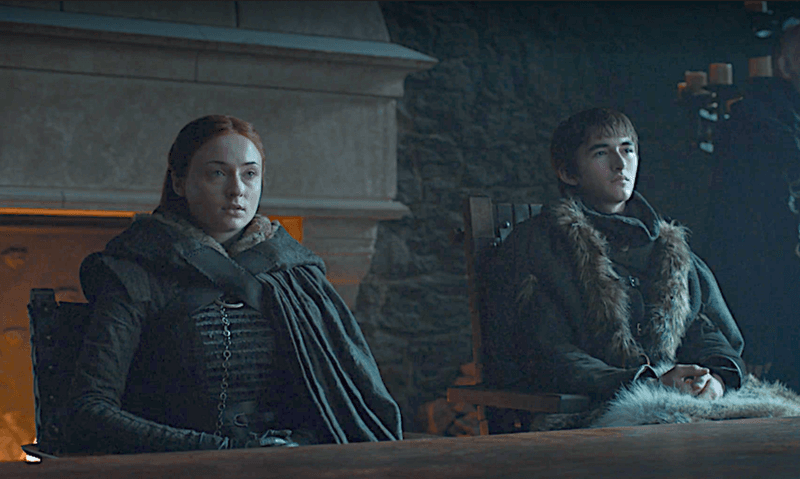
Bran and Sansa Stark from “Game of Thrones” exemplify the evolving nature of sibling relationships in a world of political intrigue and danger. As they grow, their roles shift dramatically – Bran from a curious boy to a mystical figure, Sansa from a naive girl to a shrewd political player.
Their paths diverge, yet they remain linked by their shared heritage and experiences. Despite the chaos around them, they find ways to support each other’s ambitions and survival. Their journey showcases the power of family ties to endure even the most tumultuous of times, amidst the chaos of Westeros.
Niles and Frasier Crane from Frasier
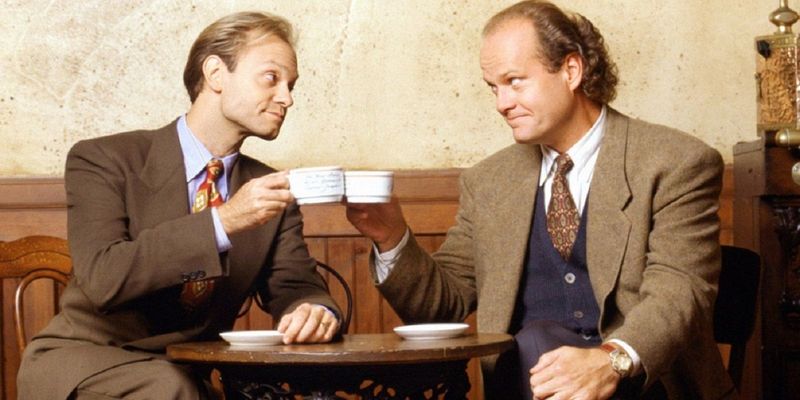
Niles and Frasier Crane from “Frasier” highlight the comedic elegance of sibling rivalry and camaraderie. Both successful psychiatrists, their personalities clash in humorous ways. Frasier, the confident and sometimes pompous brother, often finds himself at odds with Niles, the fastidious and charming sibling.
Their interactions, filled with witty banter and intellectual sparring, provide a comedic lens into sibling dynamics. Despite their competition, they share a deep respect and affection, supporting each other through professional and personal challenges. Their relationship underscores the timeless nature of sibling humor and support, even amidst rivalry.
Cersei and Tyrion Lannister from Game of Thrones
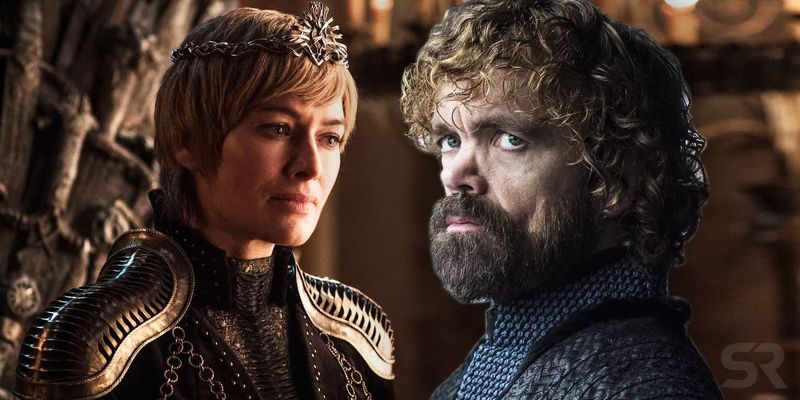
Cersei and Tyrion Lannister from “Game of Thrones” represent sibling rivalry steeped in power struggles and ambition. Cersei’s relentless pursuit of power often puts her at odds with Tyrion, whose sharp wit and intelligence are both his armor and his weapon.
Their contentious relationship is marked by strategic maneuvering and emotional conflict. Despite their animosity, moments of shared history and a complex family dynamic offer glimpses of mutual understanding. Their interactions reflect the intricate layers of sibling relationships in a world driven by power and legacy, where trust is scarce, and family bonds are both a strength and a vulnerability.
Mary-Kate and Ashley Olsen from Full House
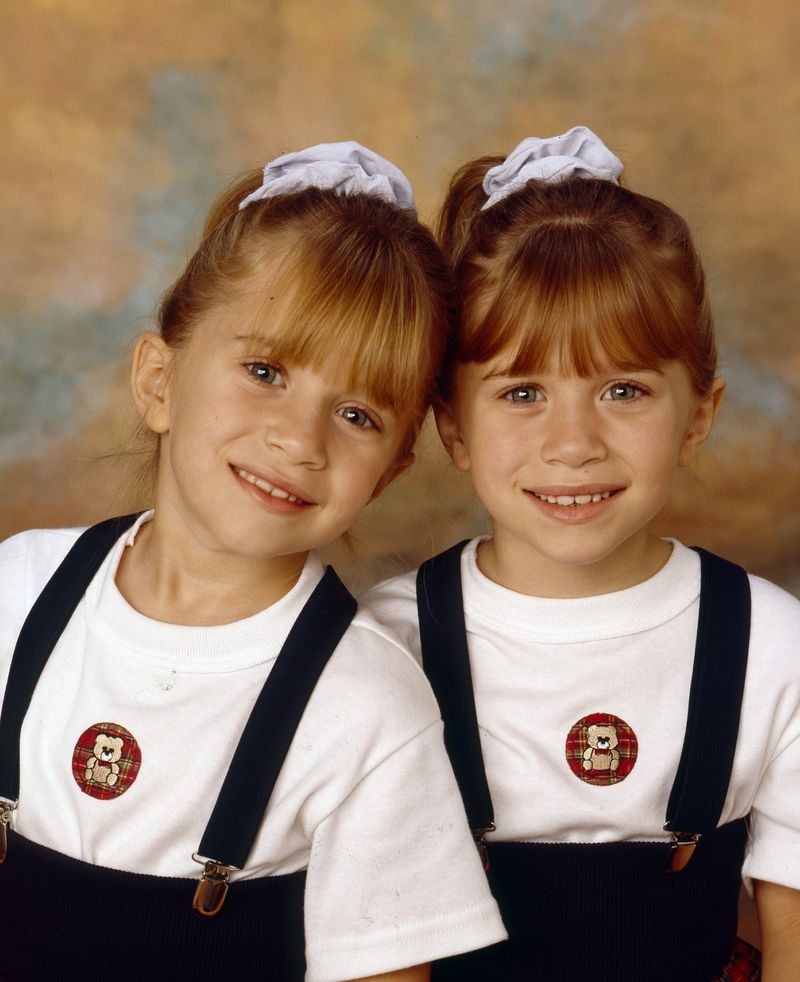
Mary-Kate and Ashley Olsen from “Full House” are a beloved twin duo that captured the hearts of audiences with their adorable antics. Sharing the role of Michelle Tanner, they brought humor and charm to the Tanner household.
Their on-screen presence as the youngest member of the family provided light-hearted moments and endearing mischief. The twins’ natural chemistry and timing made them standout characters, contributing to the show’s success. Their interactions with the rest of the Tanner clan highlight the joys and challenges of growing up in a large, loving family environment, full of laughter and life lessons.
D.J. and Stephanie Tanner from Full House
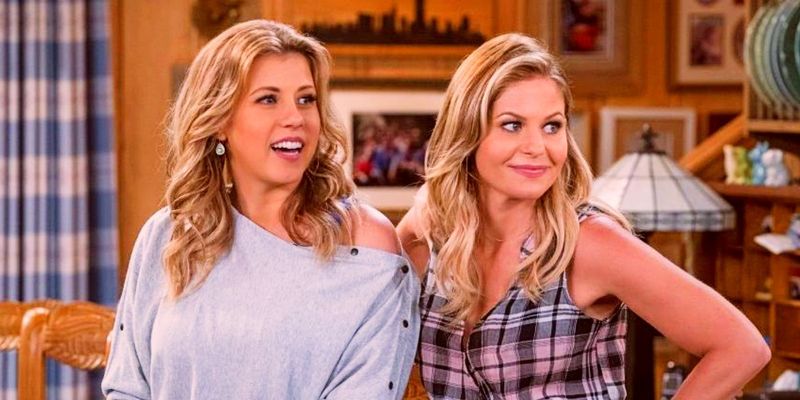
D.J. and Stephanie Tanner from “Full House” showcase the vibrant dynamics of sisterhood through their growth from children to teenagers. D.J., the responsible elder sister, often guides Stephanie, who is spirited and inquisitive.
Their relationship evolves through shared rooms and shared secrets, illustrating the ups and downs of having a sibling. Stephanie’s humor and antics often bring out D.J.’s nurturing side, while D.J.’s experiences offer Stephanie valuable lessons. Their bond, filled with both laughter and disagreements, highlights the enduring support and love that defines sibling relationships in the Tanner family.
Chuck and Jimmy McGill from Better Call Saul
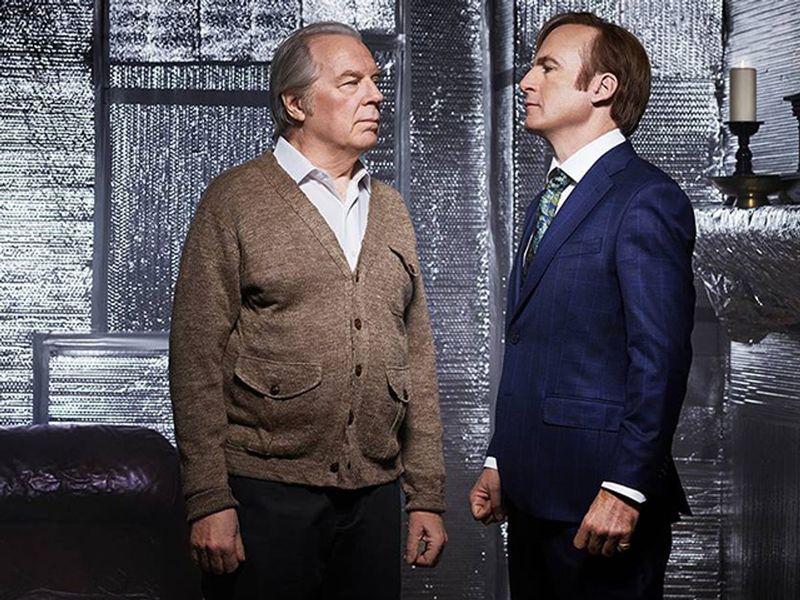
Chuck and Jimmy McGill from “Better Call Saul” delve into the complexity of sibling rivalry and professional jealousy. Chuck, the esteemed lawyer, often views his brother Jimmy with skepticism and doubt, while Jimmy, an aspiring attorney, seeks Chuck’s approval.
Their relationship is fraught with tension and misunderstandings, underscored by Chuck’s envy and Jimmy’s ambition. Despite the discord, moments of vulnerability reveal a deeper, albeit strained, familial connection. Their interactions explore the fine line between rivalry and resentment, providing a nuanced portrait of sibling dynamics in the pursuit of success.
Daria and Quinn Morgendorffer from Daria

Daria and Quinn Morgendorffer from “Daria” offer a comedic contrast between sibling personalities in a satirical world. Daria, the sarcastic and intellectual older sister, often finds herself perplexed by Quinn’s obsession with popularity and appearance.
Their interactions, filled with wit and irony, highlight the clash between brains and beauty. Despite their differences, moments of unexpected understanding surface, showcasing the subtleties of sibling support. Their dynamic explores the challenges of growing up and forging identities, while navigating the complexities of sisterhood in a world full of societal expectations.
Dexter and Dee Dee from Dexter’s Laboratory

Dexter and Dee Dee from “Dexter’s Laboratory” exemplify the playful chaos of sibling relationships in a cartoon world. Dexter, the child genius, often finds his experiments disrupted by Dee Dee, his lively and curious sister.
Their interactions are marked by Dexter’s exasperation and Dee Dee’s uninhibited curiosity, leading to humorous and unexpected outcomes. Despite the chaos, their bond is underscored by affection and mutual reliance. Dee Dee’s presence adds unpredictability to Dexter’s calculated world, illustrating the balance of creativity and order that can exist in sibling dynamics, even in the most imaginative settings.
Michael and Gob Bluth from Arrested Development
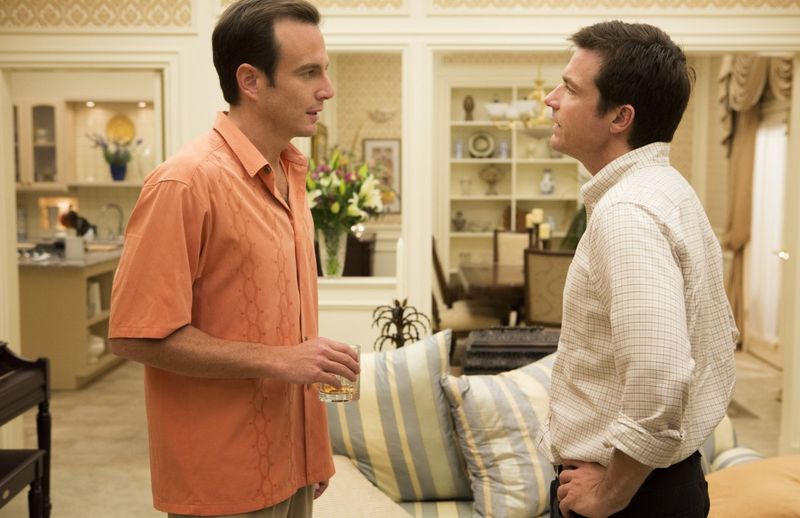
Michael and Gob Bluth from “Arrested Development” embody the entertaining chaos of a sibling rivalry fueled by family dysfunction and personal ambition. Michael, the practical and level-headed brother, often clashes with Gob, the flamboyant, aspiring magician.
Their interactions are filled with comedic misadventures and misunderstandings, highlighting the absurdity of their family life. Despite their conflicts, moments of camaraderie reveal a deep-rooted bond that occasionally surfaces amidst the chaos. Their dynamic adds depth and humor to the series, offering a satirical look at the challenges and absurdities of balancing family loyalty with individual dreams.
George and Lucille 2 from Arrested Development
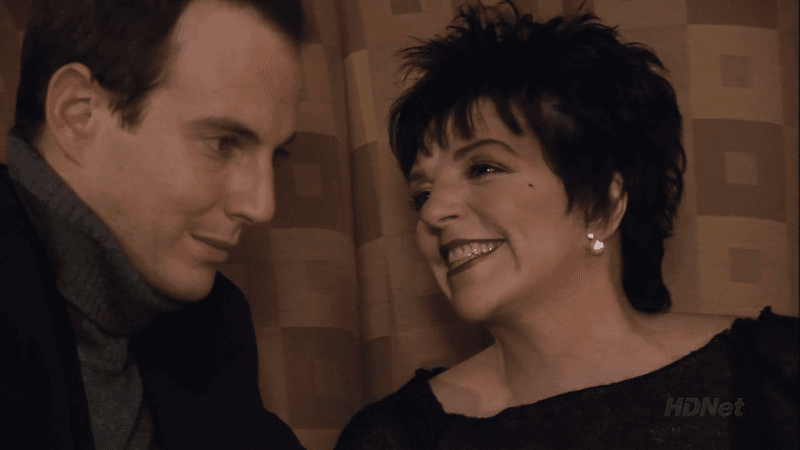
George and Lucille 2 from “Arrested Development” explore the humorous complexities of sibling interactions later in life. George, the cunning brother, often engages in schemes, while Lucille, his sister, navigates her own eccentricities.
Their interactions are filled with witty banter and familial tension, illuminating the intricacies of sibling relationships in a comedic context. Despite their differences, they share moments of solidarity that highlight the enduring nature of family bonds. Their dynamic provides a unique perspective on aging, family loyalty, and the ever-present dance of rivalry and reconciliation.
Meg and Chris Griffin from Family Guy
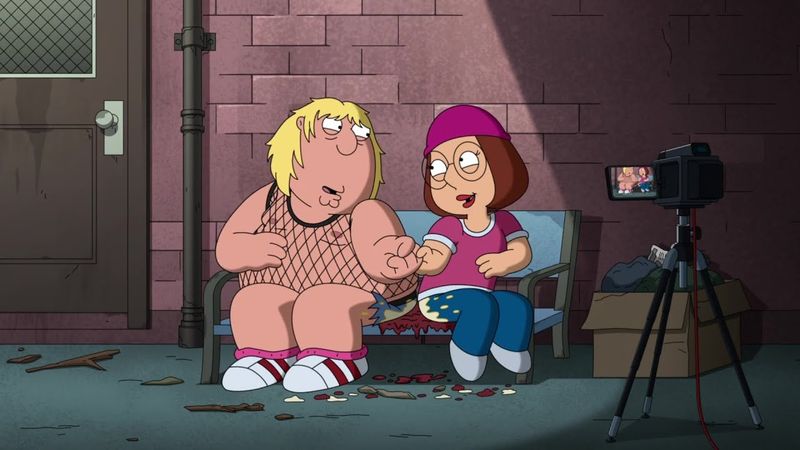
Meg and Chris Griffin from “Family Guy” are a sibling duo that adds humor and chaos to the Griffin household. Meg, the often-overlooked sister, and Chris, the lovable but dim-witted brother, navigate their teenage years amidst family antics.
Their interactions are filled with comedic elements, highlighting both rivalry and unexpected camaraderie. Despite being polar opposites, they occasionally unite against common challenges, showcasing the unpredictable nature of sibling relationships. Their dynamic, infused with humor and absurdity, reflects the everyday trials and tribulations of growing up with siblings in a quirky animated world.
Phoebe and Ursula Buffay from Friends
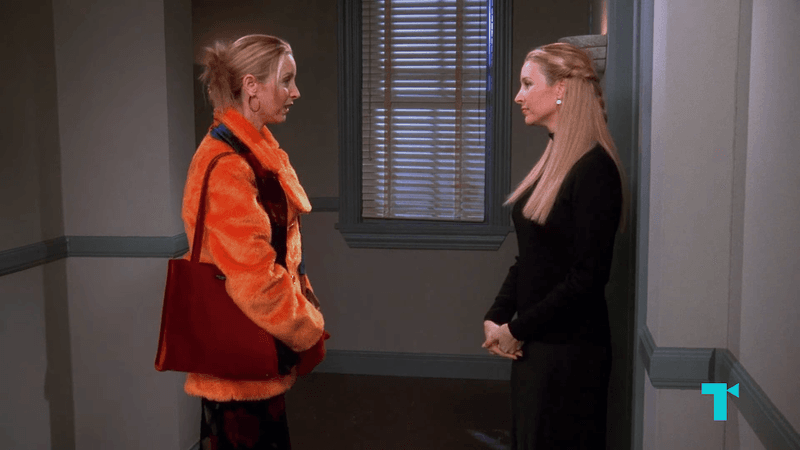
Phoebe and Ursula Buffay from “Friends” bring a unique twist to the twin sibling dynamic with contrasting characters. Phoebe, the quirky and free-spirited sister, often finds herself at odds with Ursula, whose disinterest and aloofness create comedic situations.
Their interactions are sporadic yet memorable, showcasing the complexity of sibling relationships and the humor in misunderstandings. Despite their differences, moments of genuine connection surface, providing depth to their relationship. Their dynamic adds an intriguing layer to the series, exploring the challenges and surprises that come with sharing a sibling bond, especially as twins.
Riley and Maya from Girl Meets World
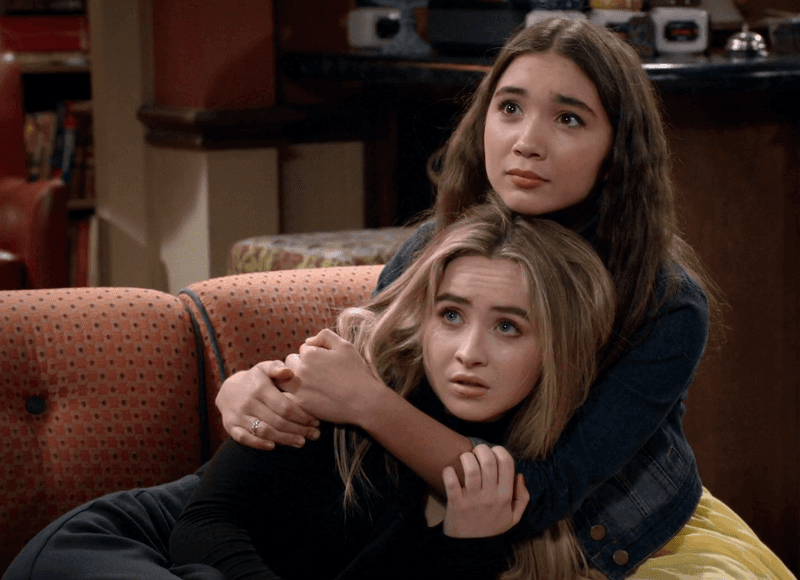
Riley and Maya from “Girl Meets World” are not siblings by blood, but their friendship embodies the essence of sisterhood. Riley, the optimistic and thoughtful girl, is complemented by Maya, her adventurous and spirited counterpart.
Their bond is tested through school challenges and personal growth, each supporting the other through life’s ups and downs. Their relationship highlights the importance of loyalty and understanding, illustrating how true friendship can mirror sibling dynamics. Together, they navigate adolescence, offering a heartwarming depiction of the sisterly bonds that form through shared experiences and unwavering support.
Elena and Jeremy Gilbert from The Vampire Diaries
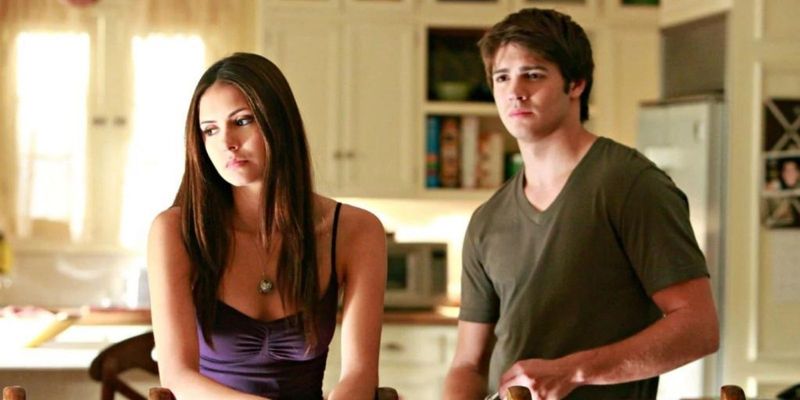
Elena and Jeremy Gilbert from “The Vampire Diaries” navigate the supernatural chaos that defines their world. Elena, the protective elder sister, often finds herself looking out for Jeremy amidst the dangers of the supernatural realm.
Their relationship is marked by love, sacrifice, and the challenges of growing up in extraordinary circumstances. Despite the chaos around them, they find strength in each other, illustrating the resilience of sibling bonds. Jeremy’s struggles and Elena’s guidance highlight the importance of family, providing an emotional anchor amidst the turmoil of their lives.
Rafael and Petra Solano from Jane the Virgin
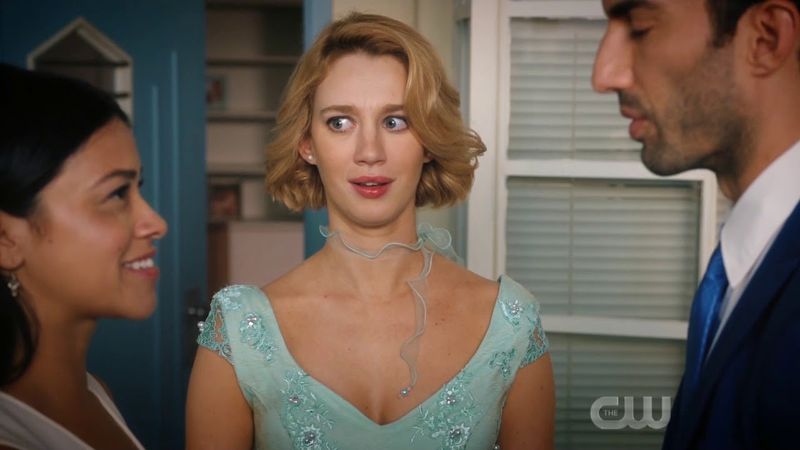
Rafael and Petra Solano from “Jane the Virgin” explore the dynamic of sibling relationships amid personal and professional challenges. Rafael, the driven businessman, often clashes with Petra, who is equally ambitious and strategic.
Their interactions, filled with tension and occasional alliances, reflect the complexity of balancing family loyalty with individual aspirations. Despite their competitive nature, moments of genuine support and understanding emerge, revealing the underlying bond they share. Their relationship underscores the multifaceted nature of sibling connections, where rivalry and collaboration coexist, adding depth to the series’ intricate narrative.
Vanessa and Serena Williams from The Fresh Prince of Bel-Air
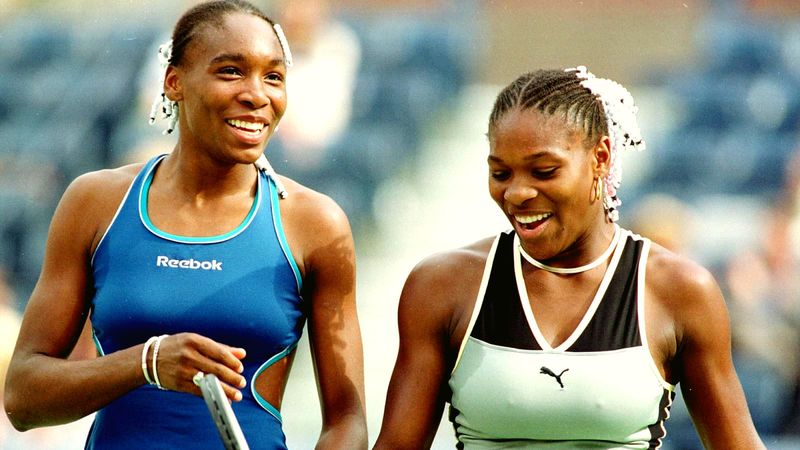
Vanessa and Serena Williams from “The Fresh Prince of Bel-Air” aren’t the real-life tennis stars, but rather fictional siblings who bring flair and drama to the Banks household. Vanessa, the spirited and outgoing character, often finds herself in social predicaments, while Serena, the level-headed sister, provides balance.
Their contrasting personalities create humorous situations, yet their support for each other remains steadfast. Together, they navigate the social landscape of Bel-Air, offering comedic insights into the trials and triumphs of sibling relationships. Their dynamic adds a layer of depth to the show’s portrayal of family life and sisterly bonds.
